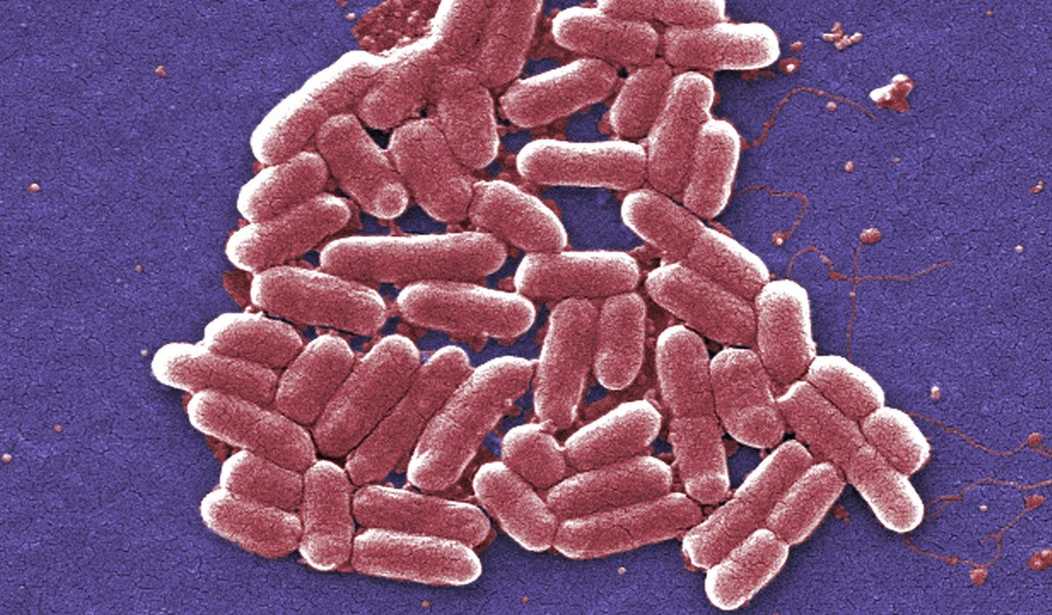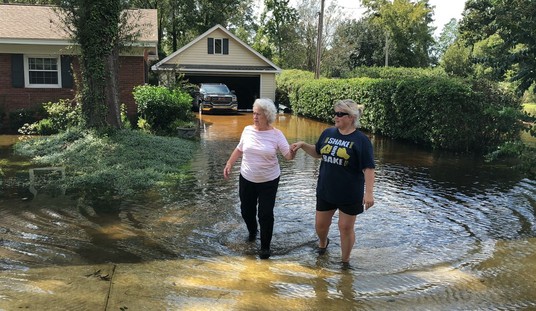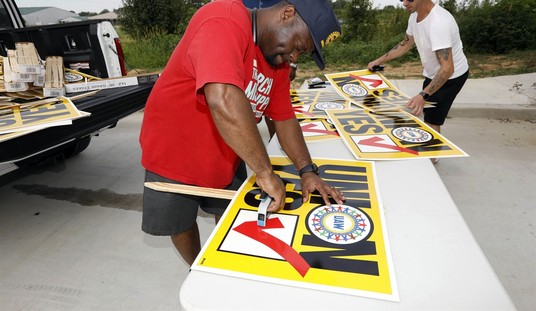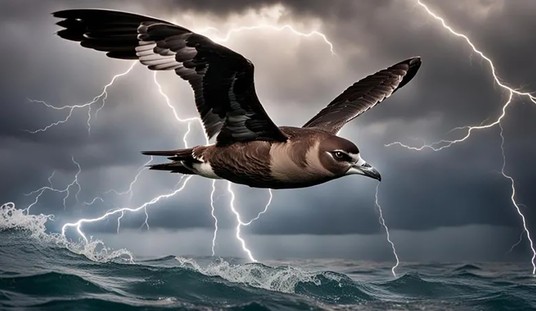The International Space Station (ISS) is, biologically speaking, a unique environment.
It's not just a unique environment for the humans working on board, either. Every human being is a walking environment of themselves; we all carry around a load of bacteria and so forth, on our skin, in our intestines (digestion wouldn't be nearly as efficient without our intestinal flora), and even in our eyelashes. The people who have gone to the ISS have carried some bacteria with them, and now those bacteria are adapting to this unique environment, which is anything but surprising.
The International Space Station (ISS) stands as a testament to human achievement in space exploration. Despite its highly controlled environment, characterised by microgravity, increased CO levels, and elevated solar radiation, microorganisms occupy a unique niche. These microbial inhabitants play a significant role in influencing the health and well-being of astronauts on board. One microorganism of particular interest in our study is Enterobacter bugandensis, primarily found in clinical specimens including the human gastrointestinal tract, and also reported to possess pathogenic traits, leading to a plethora of infections.
E. bugandensis is known to be an opportunistic pathogen, meaning that it has an ill effect on people whose immune systems are compromised. This could be a problem because, even though the people we send into space are in fine physical fettle, the conditions mentioned above - microgravity, and increased radiation - also weaken human immune systems over time.
Increased ionizing radiation also affects DNA replication, leading to the change in allele frequencies and the rise of new alleles in the bacterial genome that can result in a more resistant bug - one that might eventually become a problem.
In the Microbiome Journal piece (linked above), the researchers identified 13 new strains of the bug.
During the 2-year Microbial Tracking 1 mission, 13 strains of multidrug-resistant E. bugandensis were isolated from various locations within the ISS. We have carried out a comprehensive study to understand the genomic intricacies of ISS-derived E. bugandensis in comparison to terrestrial strains, with a keen focus on those associated with clinical infections.
There's a cautionary tale to be told here, and it's not just the interesting work done here on E. bugandensis. (The entire report is somewhat lengthy and rather tedious, as actual scientific reports can be - I should know, I've written a few.)
See Related: Relax: There Are No Spiders From Mars
UCLA Med School Students Are Taught That Modern Science Is 'White Science' by Pro-Hamas Lecturer
It is, of course, a matter of time before these bugs make their way to Earth. Bacteria are some of the toughest life forms known, living everywhere from Antarctic ice to fuming volcanic vents on the ocean floor, from the hot-water pools of Death Valley to rocks a mile underground. Of course, it's not at all impossible that the alleles that make these new strains viable in the ISS may actually weaken them on Earth.
That's how these things often work.
As humans move into space (Elon, are you reading this?), more of this kind of thing will happen. Forget any Andromeda-strain virii or bacteria coming from another planet; we have enough of our own, and as we see here, bacteria are very adept at shifting gears when exposed to a new set of conditions. It's another thing humans will have to look out for as we move into the rest of the solar system.














Join the conversation as a VIP Member